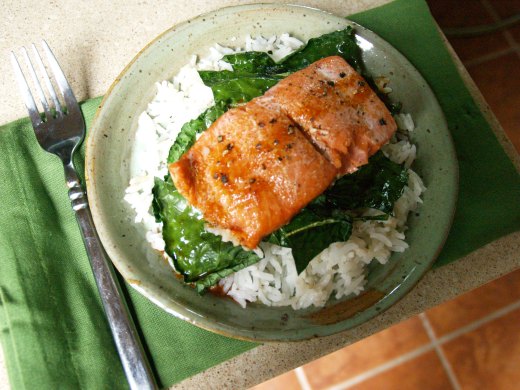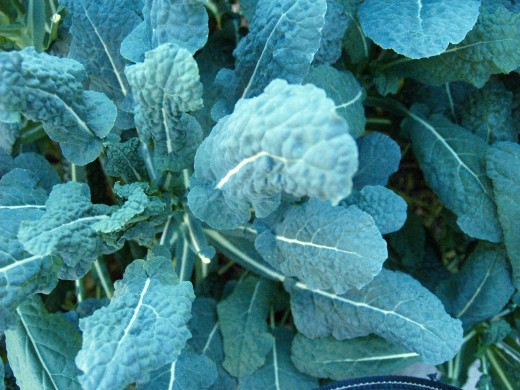This past week, my parents came down to escape the Never Ending Winter in the Midwest. For lunch one day, we whipped up a quick and healthy meal of salmon cakes in nearly 15 minutes flat.
In my Cupboard of Wonderfulness, I found a hidden jar of canned salmon made from Oregon Kokanee made by my relatives that I forgot about! Happy day! No I have never canned fish, but someday I intend to learn. If you have access to fresh salmon, you can find a guide to how to do it here. If not, canned salmon (or tuna) bought from the store will work just fine.
Ingredients:
Cakes:
1 pint of canned salmon (or 2 tins of store-bought salmon or tuna)
3 green onions, chopped
1 jalapeno, chopped (optional)
1/4 c bread crumbs, chopped (or crushed gluten-free crackers will work, too)
1/8 c fresh parsley, chopped
1 T Dijon mustard
1 egg
S&P
Mayonnaise:
1 egg yolk
1/4 c olive oil
2 T lemon juice
1 T water
1 T Dijon mustard
S&P
Instructions:
To make the cakes, combine all ingredients and form into patties. Put a tablespoon of olive oil in a large skillet, and heat to medium-high heat. Put in the cakes. Grill each side for 3 or so minutes, or until golden brown.
While the cakes are grilling, (or you can do this step right before you grill the cakes, if this is your first time making mayo), crack an egg yolk into a small bowl. Discard the white part of the egg. Add the tablespoon of mustard, water, lemon juice, and a sprinkle of salt and pepper. Mix vigorously with a whisk. Put the 1/4 c of olive oil into a measuring cup with a pouring spout. Pour the olive oil SLOWLY in a very small stream while at the same time mixing. (Melissa Clark, from the NYTimes, has a good video tutorial that you can see how she does it here.) The mayo just adds an extra zest to the cakes.
We ate the cakes on a bed of lettuce, and drizzled the mayo over both the salmon and used it as a salad dressing. You can also eat the cakes in a bun and put the mayo on the bread as well. Do make sure that you eat the mayo immediately, however–don’t keep any as leftover–since you are using a raw egg.













